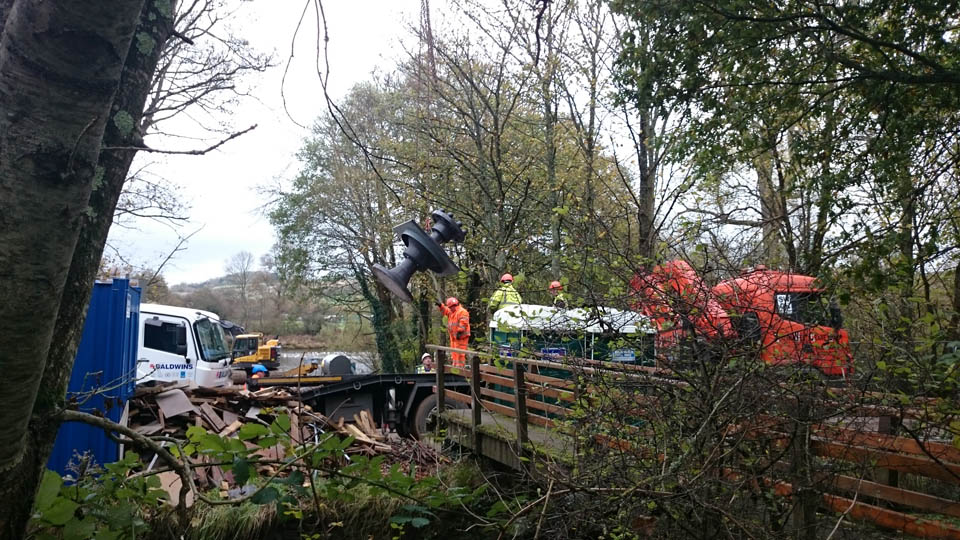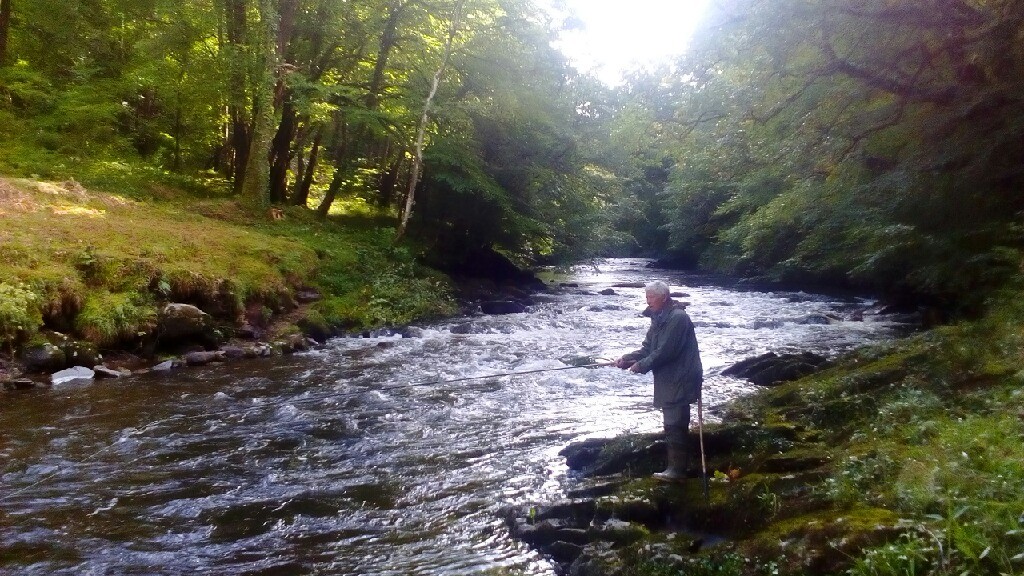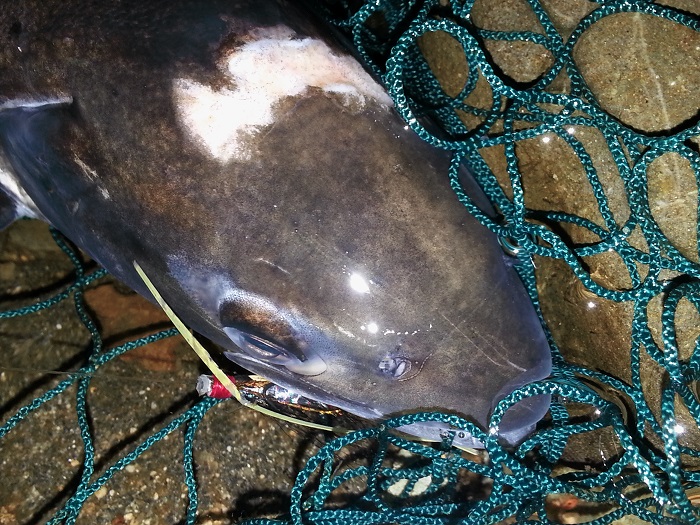· In light of the long-term decline in salmon stocks, Defra and the EA are considering a ban on the killing of wild salmon unless the rivers or estuaries can demonstrate the fishery is sustainable.
· The changes being explored would include:
– the suspension of commercial net fisheries
– mandatory catch and release of salmon for recreational anglers
– rules on angling methods to reduce the accidental killing of rod and line caught salmon.
· Measures in the Environment Agency’s five-point approach include:
– Improve marine survival
– Further reduce exploitation by nets and rods
– Remove barriers to migration and enhance habitat
– Maximise spawning success by improving water quality
– Safeguard sufficient flows
Press release follows:
DEFRA, 19/11/15
SECURING THE FUTURE OF OUR SALMON STOCKS
New measures to protect wild salmon stocks in English rivers and estuaries by ensuring all fish caught are returned to water have been outlined by Fisheries Minister George Eustice following a summit with the Environment Agency, angling organisations and fishermen today.
The plans, which are currently being explored with the Environment Agency, would be open for consultation in 2016 and would help to address the long-term decline of this migratory species by ensuring more of these iconic fish continue their migration through our rivers and estuaries to spawn. This approach is in line with the 77% of recreational anglers who already return their catch to our waters.
Commenting on these plans, Fisheries Minister George Eustice said:
“The sight of salmon leaping in our rivers has always been an essential element of our countryside, but a combination of factors including climate change means their numbers are in sharp decline and we must act.
“While some of the cause of their decline occur at sea and are beyond our control, this summit will explore what measures we can take to help salmon recover, including creating more fish passes, reducing the taking of salmon through netting and angling, and improving water quality.”
These measures are consistent with the Environment Agency’s existing five-point approach to salmon conservation which includes reducing exploitation by nets and rods, removing barriers to migration, enhancing habitats and improving water quality to increase stocks.
Commenting on these developments, David Rooke, Acting Chief Executive at the Environment Agency said:
“Since 2009 the Environment Agency and our partners have installed 63 fish passes on England’s main salmon rivers, which combined with removing or altering other barriers have opened up 5,767 kilometres of river, and have reduced or removed 44 unsustainable water abstractions on salmon rivers. We’ve already made progress but there is still much more to do.
“Our 5-point approach to securing the best future for salmon will see us increasingly working in partnership to ensure further action to safeguard this iconic species and we can’t do it alone. We’re inviting others to work with us to do all we can to support salmon stocks in future years.”
The UK Government has already supported a number of measures to protect this important species at home and is working at an international level to manage fishing in the North Atlantic salmon feeding grounds at the Faroe Islands and West Greenland.







